The Hurricane inline-six engines are off to a good start in the Jeep Wagoneer, with reviewers comparing it reasonably well to the Expedition Stealth Performance and Cadillac Escalade V.
The high output twin turbo I-6 puts out an incredible 510 hp and 500 lb-ft of torque; the regular version puts out 420 hp/468 lb-ft. That is more than enough power to move a large vehicle with authority. But what is to become of the Dodge muscle cars? Many enthusiasts are worried about Dodge and the potential death of the V8 engine.
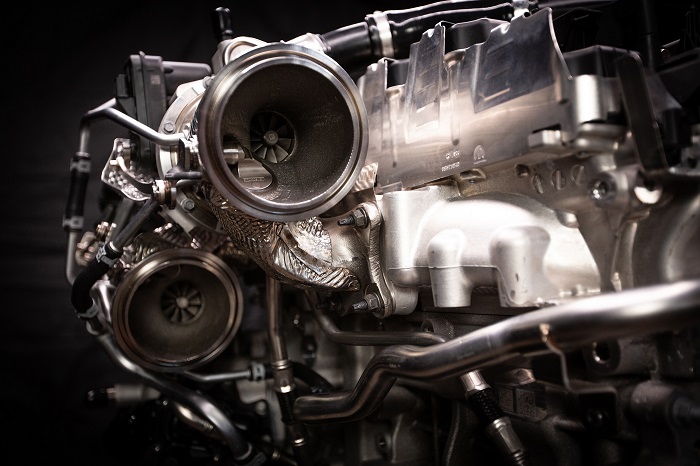
Dodge introduced the Banshee at Speed Week; to the excitement of some and the dismay of others, they paraded the new concept coupe through the crowd, showing an animated presentation with the phrase “we have the right to save the muscle car.“ But can a BEV actually be a muscle car?
The Banshee shows that Dodge will continue to have a bad-boy rebel spirit within the constraints of what the powers-that-be allow. But can even Dodge save the muscle car—and can it save itself?
The Brotherhood of Muscle is a huge part of Dodge’s culture now. From its crazy cool Pennzoil mini-movie advertisements with Demons and Vipers, to the Michael C. Hall “2011 Dodge Charger, leader of the human resistance,” Dodge has grown a following of enthusiasts, becoming known for big cars, fast V8 engines, furious smoky burnouts, and a full symphony orchestra coming from the dual tips.
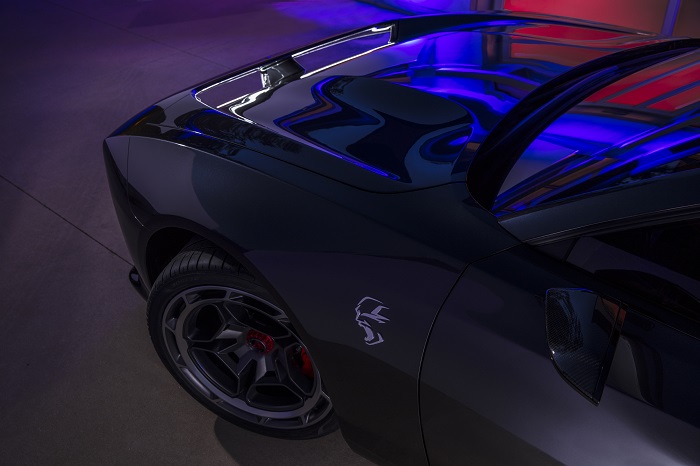
Still, Dodge is no stranger to making big power out of engines without 8-cylinders. While the GLH hearkens back to the mid to late 80s, SRT kicked off with the 2003 Dodge Neon SRT4. At that time, the only V8 Dodges were Durangos and pickups. The Mustang was the only affordable American V8 performance car (the Corvette was V8 powered but not particularly affordable).
Muscle cars are relatively affordable, with “bang for the buck” performance and an edge over conventional vehicles. There are American high performance BEVs, but the pricing rules out all of them (the Bolt does a respectable 6.3 second 0-60, but that’s no longer the price of admission to the muscle group; and the Tesla S isn’t affordable, even compared with a $70,000 Challenger Hellcat.
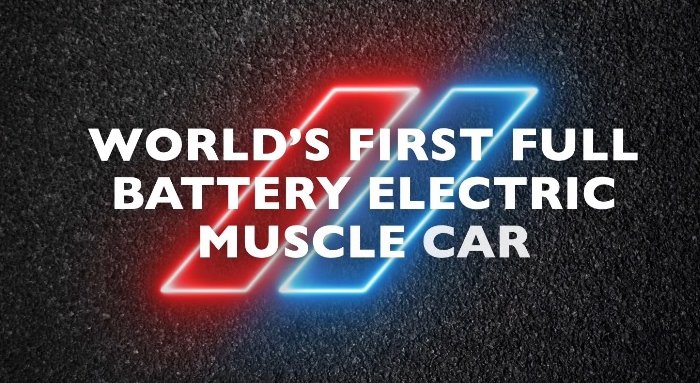
The Banshee will probably start somewhere between the $89K of the super Stock and the $96K of the Model S, while the top version will be close to the Plaid. It won’t look like a luxury car, but the price will be high. That might not be an issue for the enthusiasts in the brotherhood of muscle that can afford them, and it will Dodge to regain the quarter-mile crown, but the price range is still likely to be high; and some people are not ready to go full electric yet.
Enter the Hurricane engines.
We can surmise that the next-gen Charger will be a big 2-door with a modern twist on 1968 type styling. A Dodge official said the new design wouldn’t have been possible with a V8 engine, but never commented on a straight six. There have been several official statements saying that the Hurricane would be a staple of the STLA platform; the two versions provide more power than their equivalent Hemi V8s, with less emissions and fuel use. The power is quite impressive, enough to directly compete with the estimated 500hp Mustang Dark Horse.
While the Hurricane may lack the instant torque of a V8 while in a Wagoneer, it’s tuned there for luxury and refinement, not muscle. Tuning and gearing play a major role. The new eight-speeds are hybrid-ready, so some instant boost may come with electric motors, too.
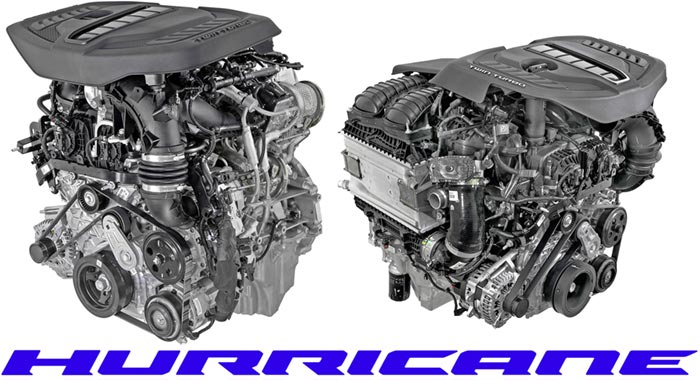
Dodge made it clear that there will still be internal combustion engines in its future. The fratzog logo will distinguish the electric powertrain, and even the Corvette now has a rubber-melting hybrid version. The base powertrain is likely to be a 4xe setup from Jeep, or something similar.
Mopar knows that its customers are all about customization, and is already working hard on emissions-compliant stage kits for the Hellcats, as they had them for vintage cars back in the day. We are likely to see stage kits, Jailbreak kits, and factory performance packages for the Hurricanes, hybrid or not. There are already hot inline engines—2JZ-GTE, RB26DETT, S55 (BMW), Ford Barra Twin Turbo, even the Australian Hemi-6 engines, which were performance Mopar inline-6 engines exclusive to the Australia-New Zealand market.
The other part of this equation is the car itself—a large two-door performance car, in line with the 1968 Charger (technically, an intermediate B-body). As with the current Challenger and Charger, the car is much larger than a Mustang. The STLA Large chassis is likely to be more dynamic, with all the advances since the L-platform’s initial creation in the 1990s—updated since then, but not as dramatically as it could have been. There is a genuine promise for a large, agile, American performance vehicle with versatility and capability the Mustang cannot offer.
While it hasn’t been talked about or said, a manual transmission could even be offered in this car (though it seems unlikely), making it the first Charger to have a manual transmission since the 1970s. Even without a V8, a car like this would take sales.
A Stellantis official said that the next car needed to look like a Dodge, drive like a Dodge, and sound like a Dodge. The BEV E-Rupt makes the EV drive like a Dodge, but the Banshee’s Fratzonic doesn’t have the sound. There is no way to make a 6-cylinder sound like an 8-cylinder but inline cars have a fine, real sound of their own.
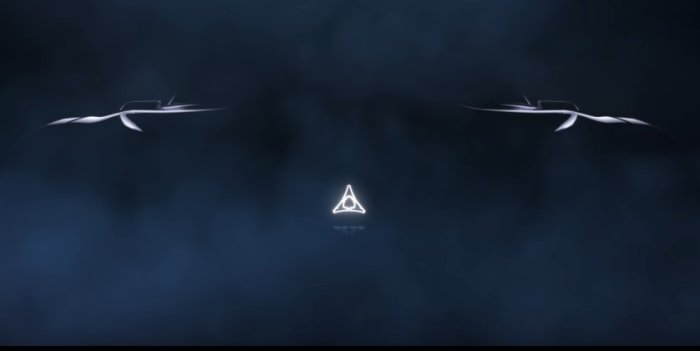
Can Dodge can save the muscle car with a Hurricane Charger? Dodge can continue making amazing high performance vehicles that buck trends and keep its image intact. This would not be the first time a six-cylinder became the pinnacle of American performance. The Buick Grand National had the slogan “We brake for Corvettes!” (We don’t even have to get to the Hudson Hornet, which dominated NASCAR for a time—or even the original Plymouth Six, which whomped V8 Fords in stock car tests.) In the 1980s, four-cylinder Dodges embarrassed quite a few V8-powered cars.
Will we see a variant of this new Charger with a Daytona wing on the back, not seen since the days of the 2005 Ram Daytona pickup, along with cool retro colors, a manual transmission option, crazy emissions-legal stage kits, ACR packages, Jailbreaks, cool retro style graphics, factory vehicle wraps, and all of the stuff that made the original SRT cars what they were and more? We don’t know—but perhaps Dodge could still say “yes” to the question, “Can you have a muscle car without a V8?”
Discover more from Stellpower - that Mopar news site
Subscribe to get the latest posts sent to your email.
